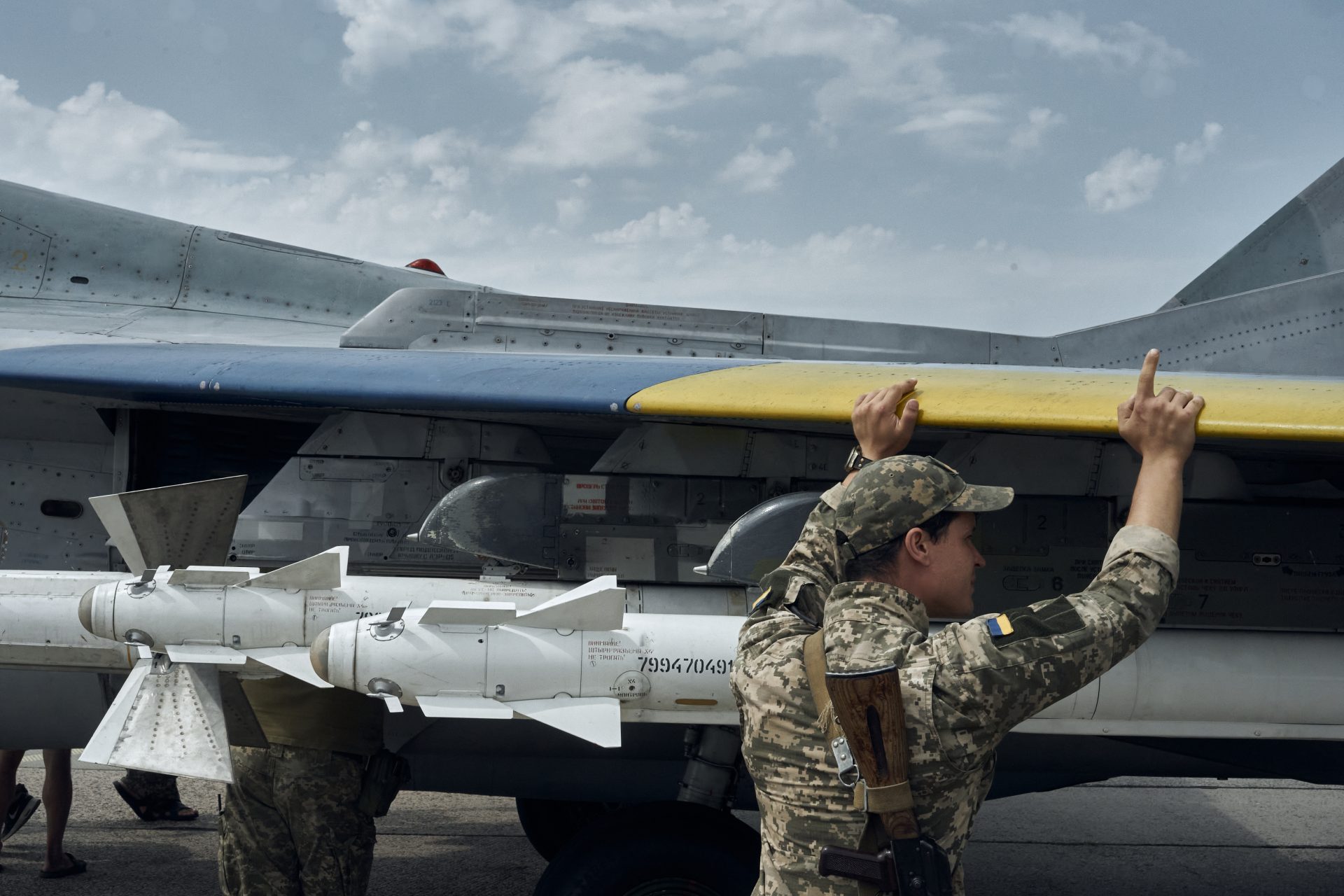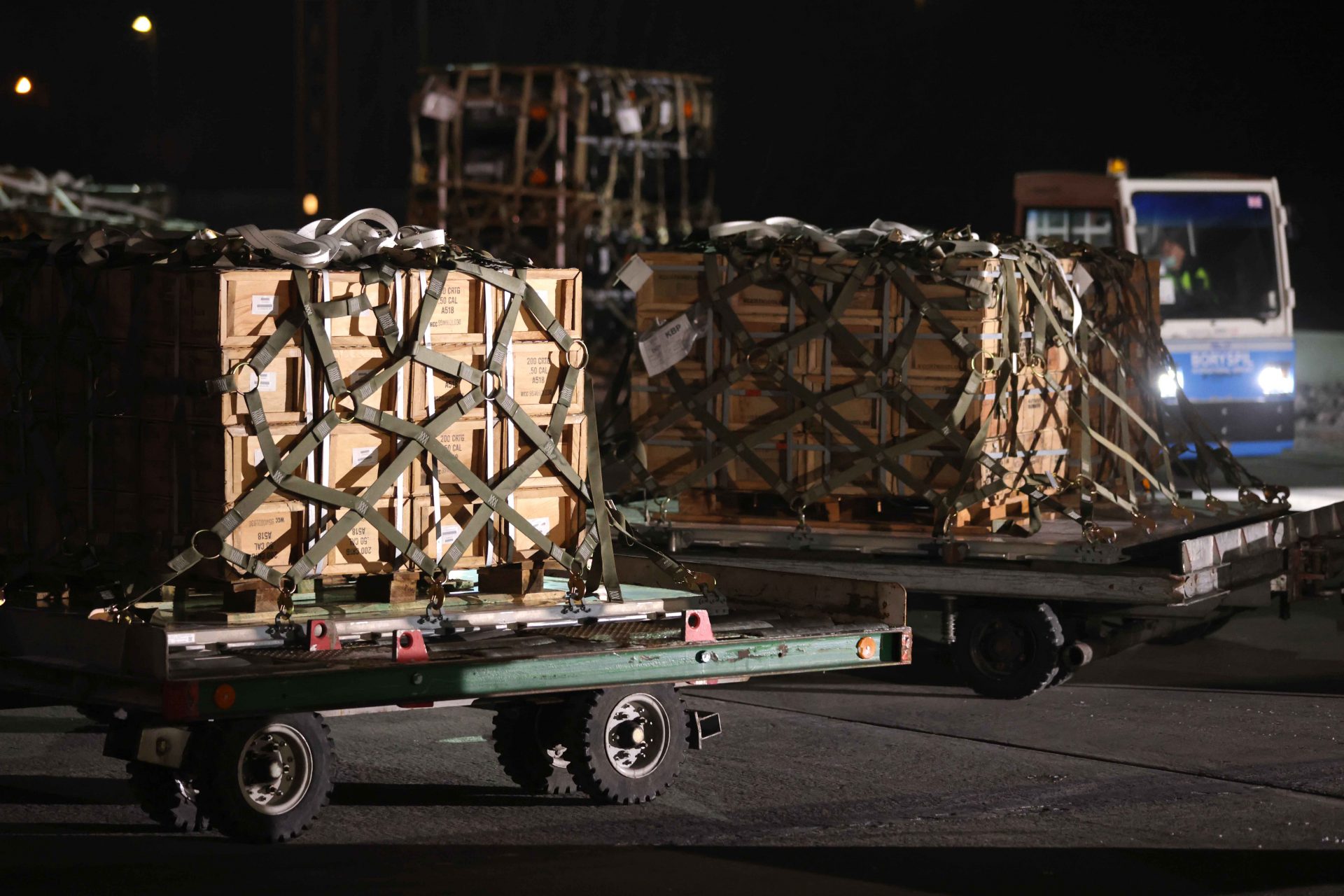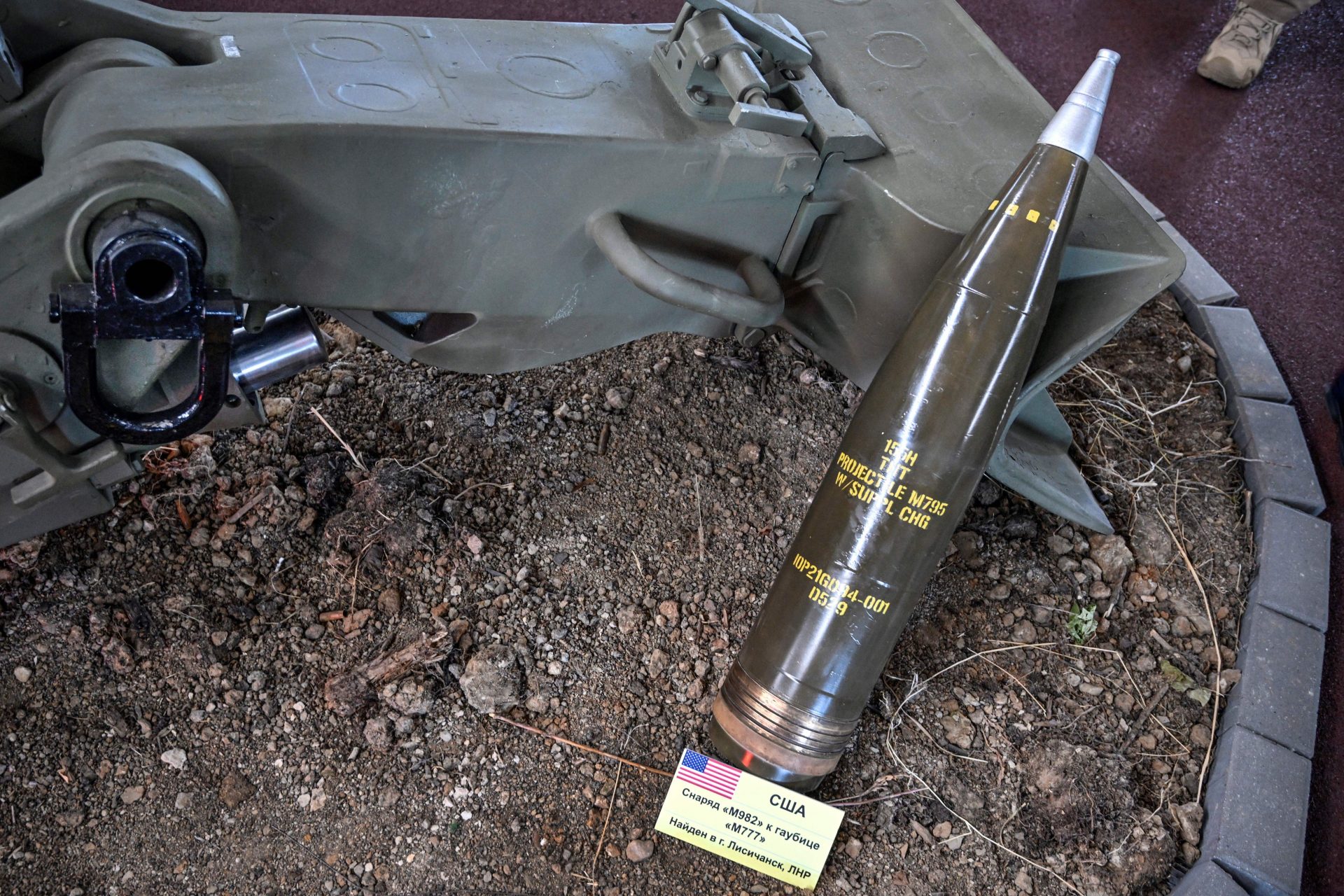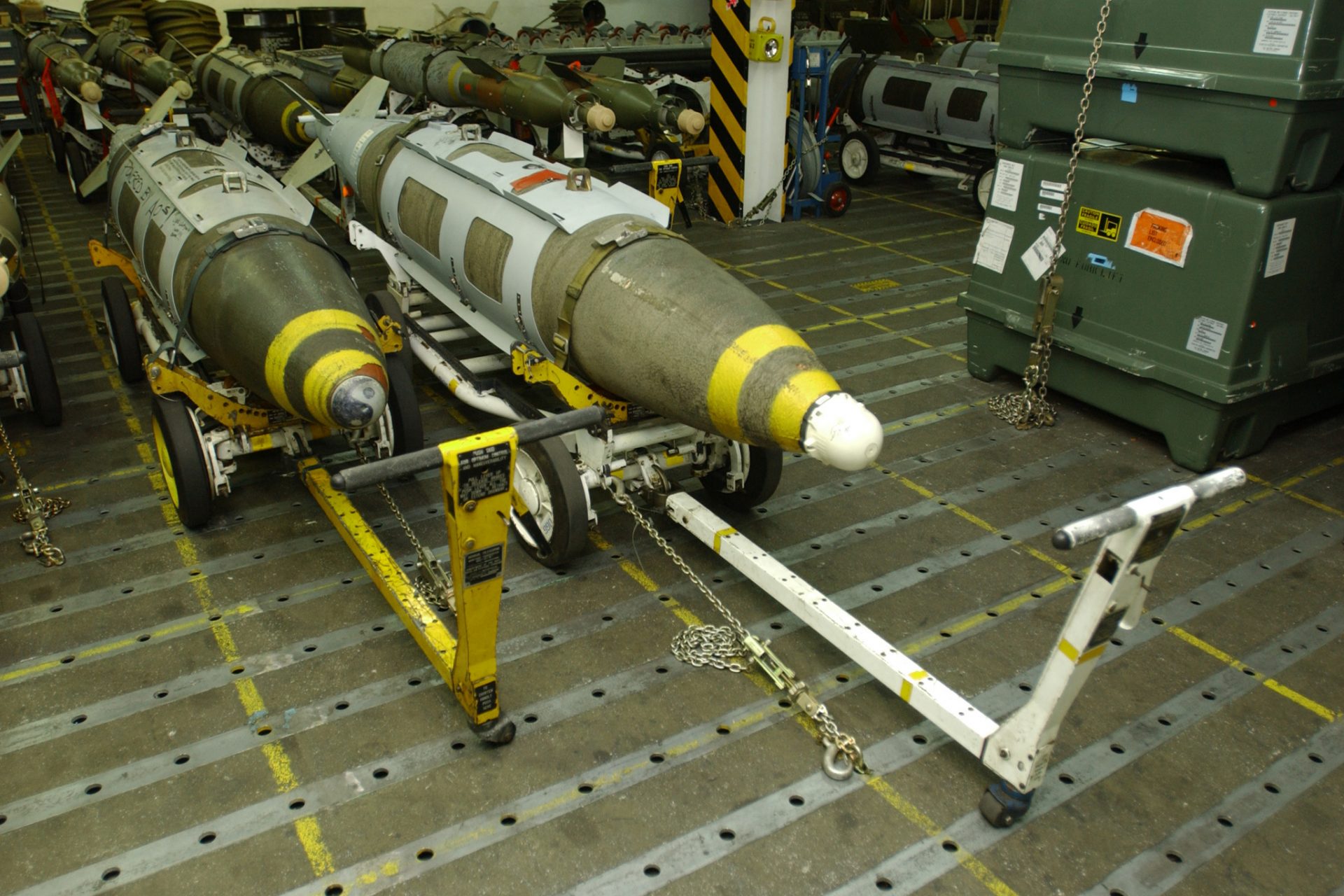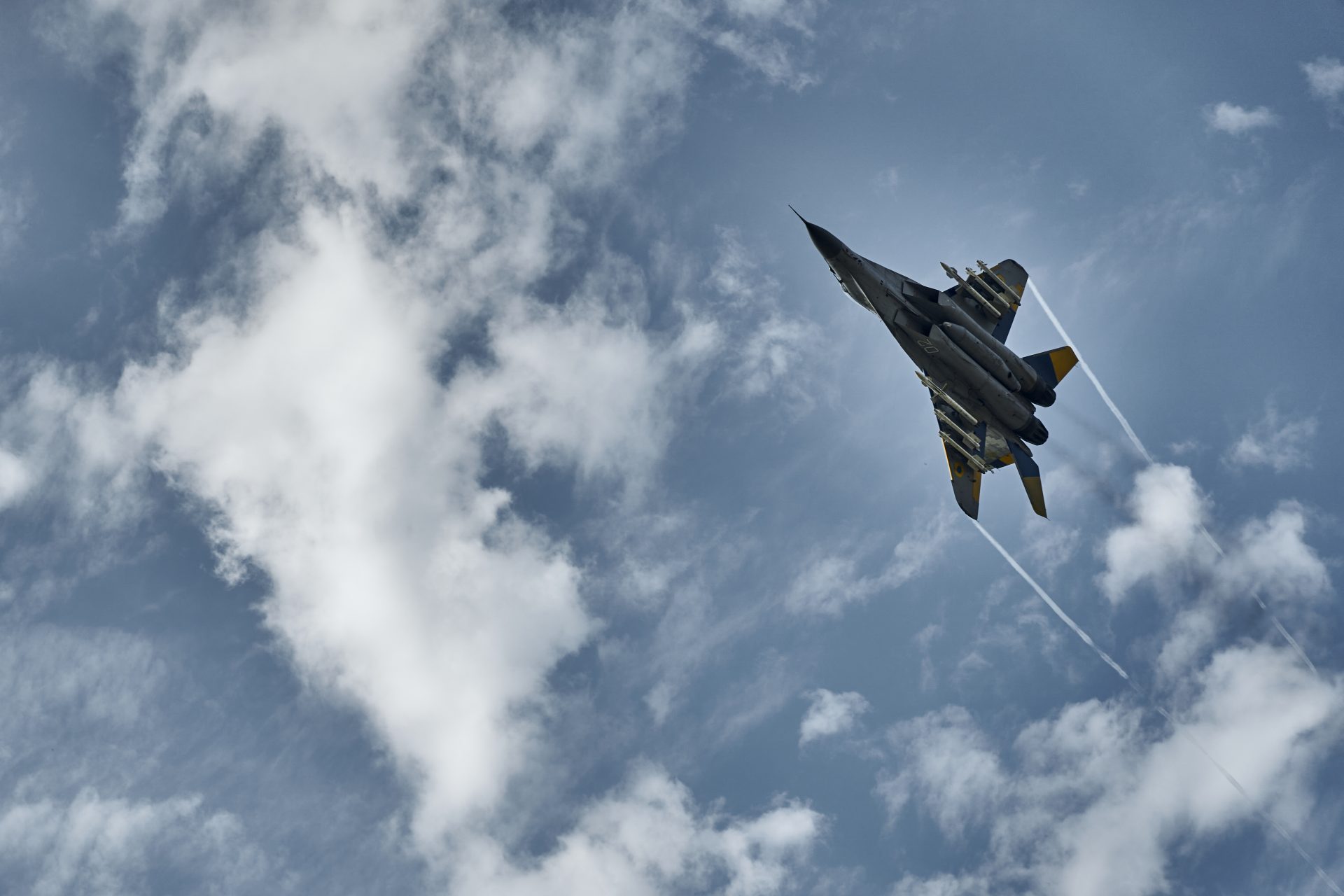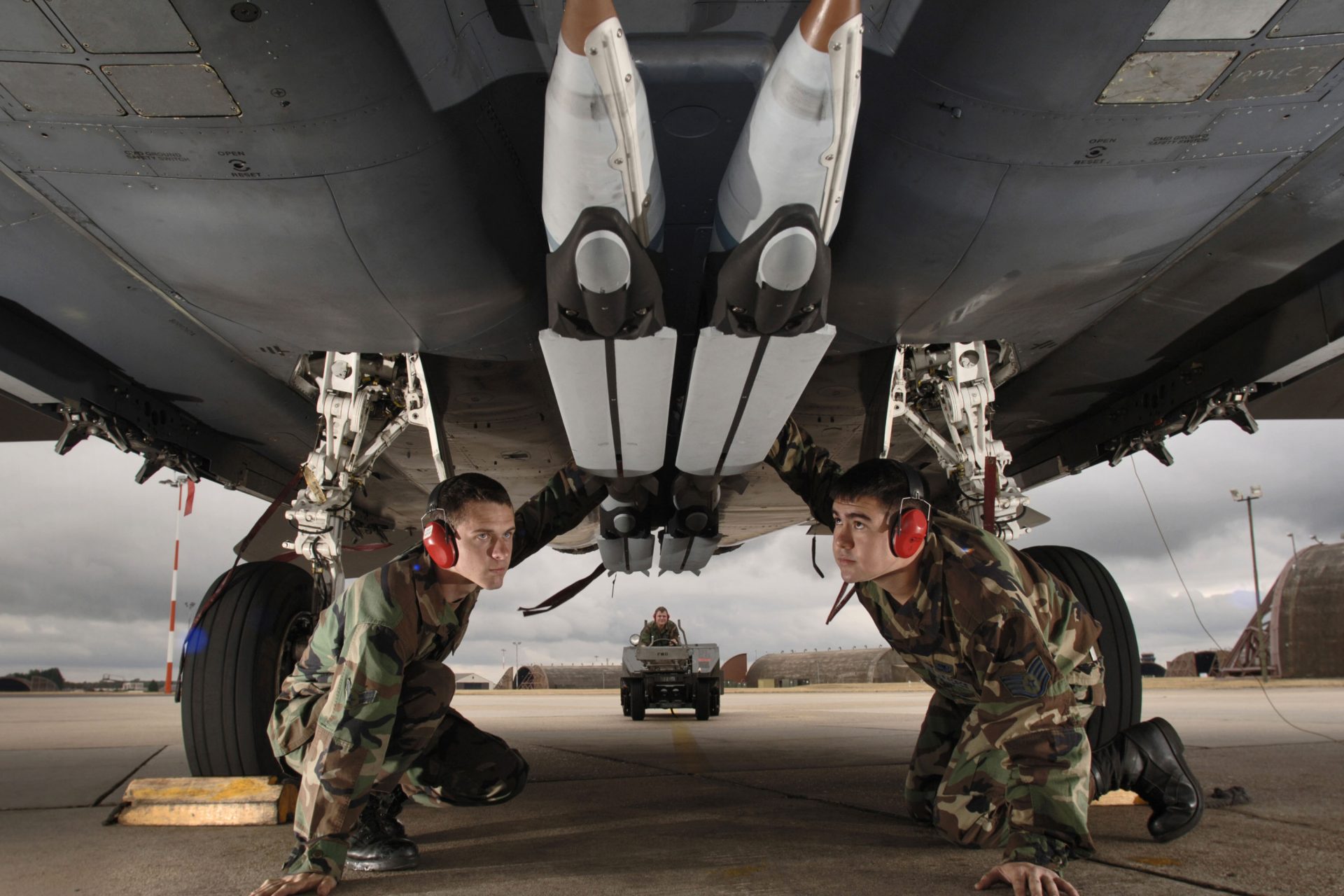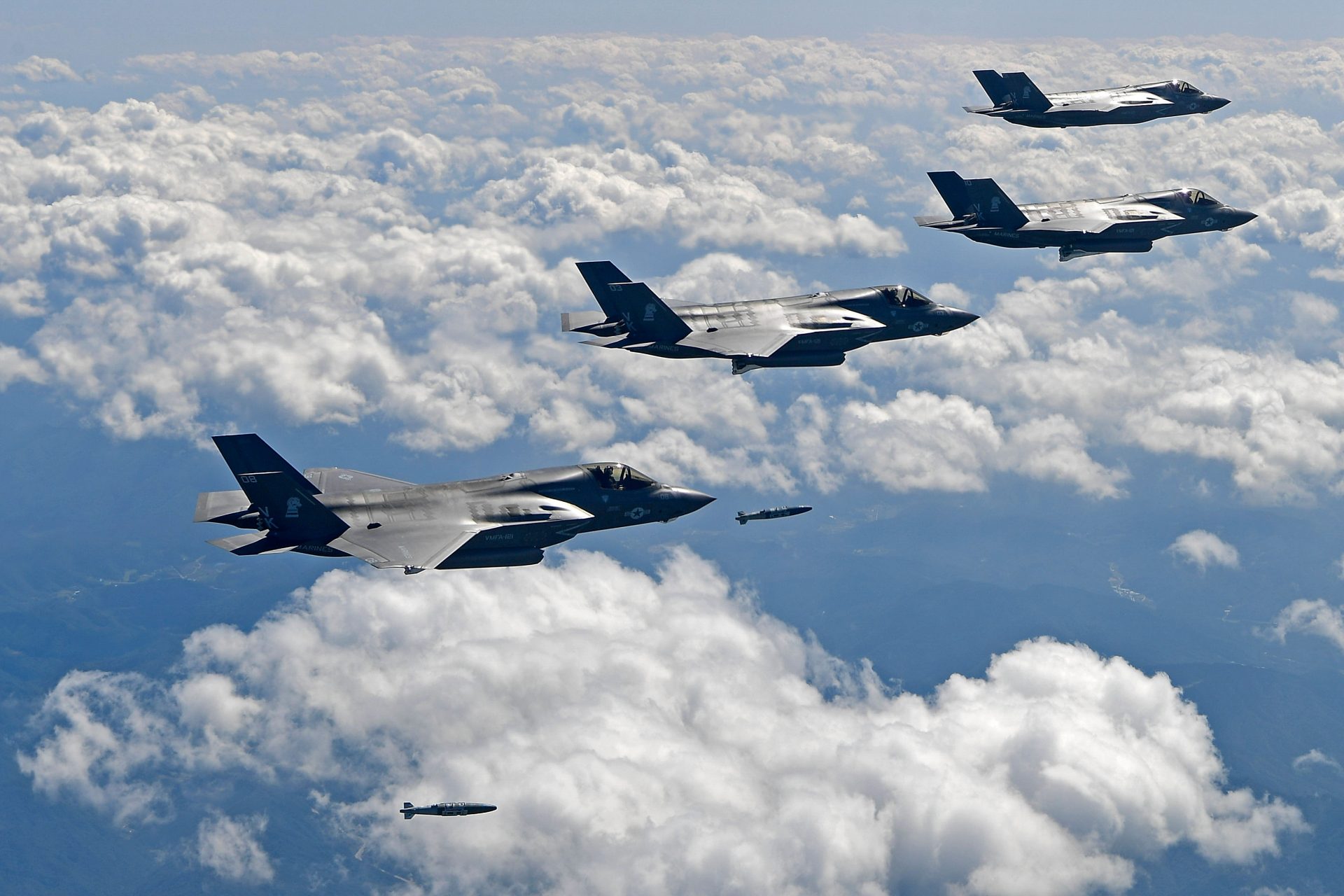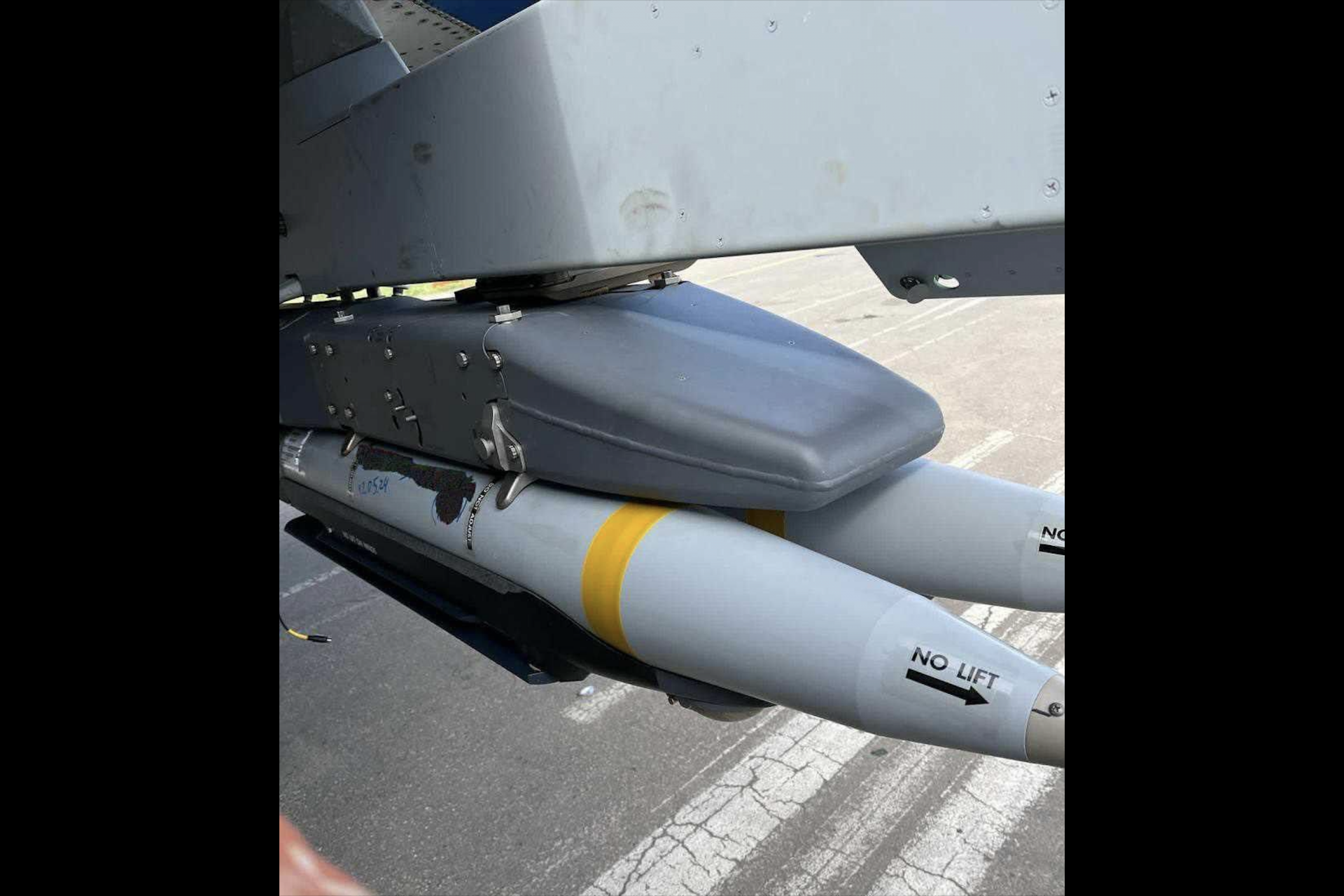Russian jamming is affecting U.S. weapons in Ukraine but one bomb still works well
The Ukrainian Air Force has reportedly adapted a powerful American-made bomb to fit its older Soviet-era airframes. But how does this adaptation make a difference in the war? Let’s take a look at why this is important.
The Washington Post reported that Russian jamming was rendering some weapons the United States has sent to Kyiv ineffective but clever Ukrainian engineering has assisted the embattled nation in finding workarounds.
Russian jamming has eroded the ability of Ukraine to defend its territory by affecting the advanced munitions the U.S. has provided to Ukraine. For example, the M982 Excalibur shell’s success rates saw a sharp decline after being introduced to the battlefield.
According to documents obtained by The Washington Post, Excalibur shells were hitting their target less than 10 percent of the time, which may be why Kyiv abandoned these shells last year.
Washington has since halted sending the shells to Ukraine over their high failure rate but Excalibur shells haven’t been the only U.S. weapons affected by Russian jamming. The documents obtained by the Post revealed other problems.
Joint Direct Attack Munitions, more commonly referred to by their abbreviation JDAMs, are another example of a U.S. weapon that has proven to have lost some of its abilities following its introduction to the war in Ukraine.
Photo Credit: Wiki Commons By U.S. Navy photo by Photographer's Mate 2nd Class James A. Farrally II, Public Domain
The Washington Post reported these air-launched bombs came as a surprise to Russia but that after a few weeks, their success rate dropped. However, feedback from Ukraine helped weapons manufacturers improve the bombs.
The guidance systems of JDAM bombs were made more resilient against jamming from Russian forces. The fix worked well until countermeasures were increased and success rates dropped to an all-time low in July 2023.
The overall hit rate of JDAMs on the battlefield was more than 60 percent for much of the year but one U.S. weapon proved to be far more resilient against Russian jamming: the GBU-39 small-diameter bomb. But what is this weapon?
The GBU-39 small-diameter bomb is a guided air-to-surface munition in the 250-pound class and it can be dropped either from an aircraft or fitted to the external hardpoints of several American-built airframes according to the U.S. Air Force.
Photo Credit: Wiki Commons By Master Sgt. Lance Cheung, Public Domain
We don’t know much about how this bomb was engineered to fit onto Ukraine's Soviet airframes but this has allegedly been done according to reporting from the Washington Post based on the confidential documents the news agency obtained.
What makes the GBU-39 so effective is the bomb's small surface area, which makes it harder to detect according to the confidential documents. The hit rate of the bombs has been nearly 90 percent, far better than many other weapons.
The United States also provided Ukraine with a version of the GBU-39 small-diameter bomb that had been engineered to be fired from the M142 high-mobility Rocket Launch Artillery Systems. But these proved to be less effective than the air-launched version.
Ukraine received its first GBU-39s sometime in November 2023 according to the Post, which added that the Pentagon had not previously disclosed the delivery of the weapons. How long Ukraine has used the GBU-39 against Russian forces is unknown.
Images of GBU-39s fitted to a Ukrainian MiG-29 have been circulated on social media since late May. X user Special Cat Kherson reposted one image and explained that the set would mean the MiG-29 was carrying at least 8 bombs.
Photo Credit: X @bayraktar_1love
“As claimed, GBU-39 SDB on Ukrainian MiG-29. There are 4 bombs on one such pylon. This means there should be 8 bombs under two wings,” wrote in the description of their post, adding the bombs would be an effective weapon for Ukraine.
“The introduction of the [GBU- 39] SDB into Ukrainian service would help explain some of the recent strikes. For example, a strike on a hospital occupied by Russian infantry in Volchansk, and it was said that the strike was carried out by aviation,” Special Cat Kherson explained.
More for you
Top Stories



